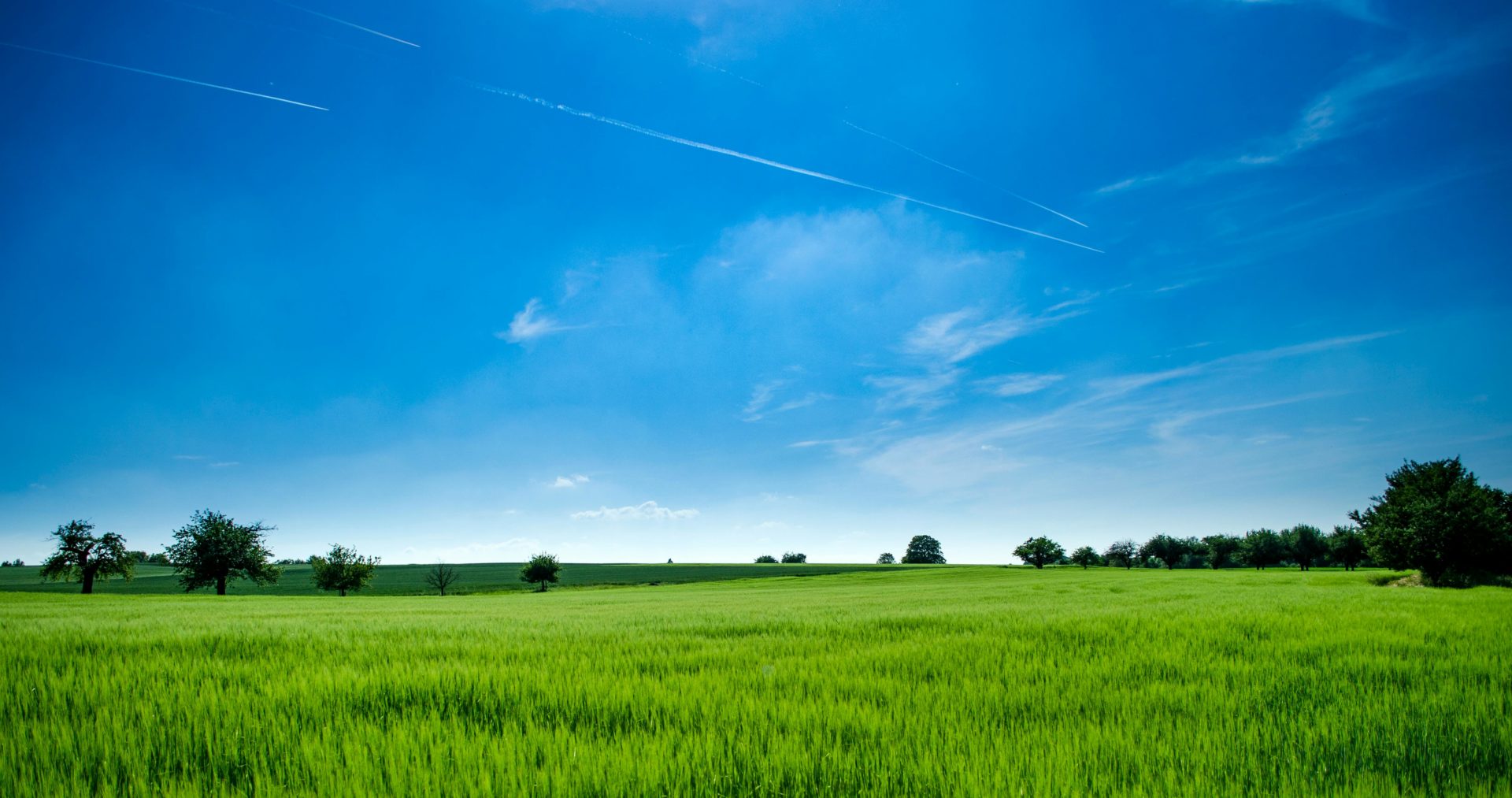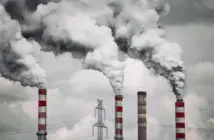Core to meeting countries’ emissions budgets and 2050 targets, and often conveniently ignored, is the inevitable shift from a linear to a circular economy, writes Greenbox Chief Executive Ross Thompson

Global efforts against climate change have the flaky feel of a personal fitness programme – lots of good intentions and promises but at the crunch, low resolve and missed targets.
New Zealand and Australia’s climate report card reads ‘must try harder’. Both countries have come under criticism for their sustainability track of late. In New Zealand, the horizon is not exactly green. While there is a climate strategy, under current policies the emissions budget appears to be off track in the long term. Adaptation is underdone, and mitigation seems secondary. Rule regimes for big emitters in agriculture and the built environment are currently being backpedalled.
Sustainable production and consumption patterns spin the entire sustainability wheel. Around half of global GHG emissions are attributable to how we produce and use goods and materials.
To meet the need and demand for circularity, countries and companies are adopting circular practices. First, waste and pollution are designed out of the system. Second, products and materials are kept in use. Third, natural systems are regenerated. Renewable energy is key to this. The broad outcomes of this? Emissions, eco-degradation and waste are reduced; biodiversity is restored; new jobs emerge; production is cleaner, more efficient, more equitable, and more inclusive.
System reframes always present challenges for decision makers in the infrastructure, and construction sectors, and these range from upfront investments through to supply chain challenges. But businesses can steal a march by focusing on the opportunities for them and taking small steps and big short-cuts.
Managing technology asset sustainability is an example of the latter. It’s the focus of our company Greenbox Group’s solutions, which include e-waste management, DaaS (Device as a Service involves leasing, not purchasing, hardware devices) as well as refurbishment and recycling services.
Recent New Zealand Government-commissioned research found that one of the top opportunities for “circular economy approaches to contribute to emissions reduction and wider impact in New Zealand” was critical materials “for example through improving product durability and domestic recycling of critical materials, such as plasterboard and those found in electronic devices.”
The ‘circular economy’ is essentially about showing leadership and securing its benefits. A proactive approach can deliver both immediate and long-term returns whether you run the country, lead a big international company or are one of New Zealand’s half million small- and medium-sized businesses.
Leaving behind ‘take-make-use-dispose’ is a journey of many different roads. Here is a quick ‘to do’ menu to support Kiwi decision-makers:
- Access investment: Serious entrepreneurs can step onto accelerator programmes like Creative HQ’s Climate Response Accelerator. It enables New Zealand’s early stage Cleantech startups to access support, funding and tools. Deep tech is the next realm of unicorns, and New Zealand’s Cleantech sector has already attracted over half a billion in private investment.
- Re-imagine: Sometimes creativity is right in front of us. The Royal Mint, which makes the UK’s coins, is now extracting gold from electronic waste, old circuit boards in TVs, laptops and mobile phones. Initially it will be used in jewellery, but the potential applications are much broader.
- Standardise: Sharing is a core tenet of the circular economy, from car sharing services to coworking spaces to shared energy systems. From this year, all phones and tablets in the European Union will use the same charger, aimed to increase convenience, lower costs and reduced waste
- Reuse technology: Buying and owning things is being replaced with access to them. Reuse of devices like laptops, desktops and monitors is a quick win for almost every organisation decision maker out there. Apart from their cost benefits, subscription models like DaaS propel you into the low-emissions circular economy (especially if second life, refurbished assets are being used). Currently, New Zealand generates up to 100,000 tonnes of e-waste per year. At the political level, urgency and concrete action is needed to solve this e-waste problem.
- Leverage data: Going circular requires visibility across an organisation and its supply chain. It’s about turning data, for example energy and emissions metrics, into insights that enable your organisation to implement circular practices.
- Gear up efficiently: Looking ahead, extended producer responsibility will be the norm, meaning manufacturers are responsible for the full lifecycle of their products, including recycling and sustainable disposal. To support them with this, manufacturers, check out the New Zealand government’s new online climate action toolbox to grow your business and reduce your emissions. This is a great short cut to having an action plan and it includes an emissions calculator.
- Prepare for an eco-design world: Europe is a forerunner with its new Ecodesign for Sustainable Products Regulation (ESPR) to improve circularity, energy performance and green aspects of products placed on the European market. Its new features include a Digital Product Passport (this shows sustainability, circularity and regulatory compliance), rules to address destruction of unsold consumer products, and green public procurement (Greenbox is working on advancing the latter in New Zealand).
Ultimately, decision makers in the infrastructure and construction sectors have a choice: adapt and explore opportunities to grow with the changes or stay stagnant and watch as the world moves on around you and your business.








